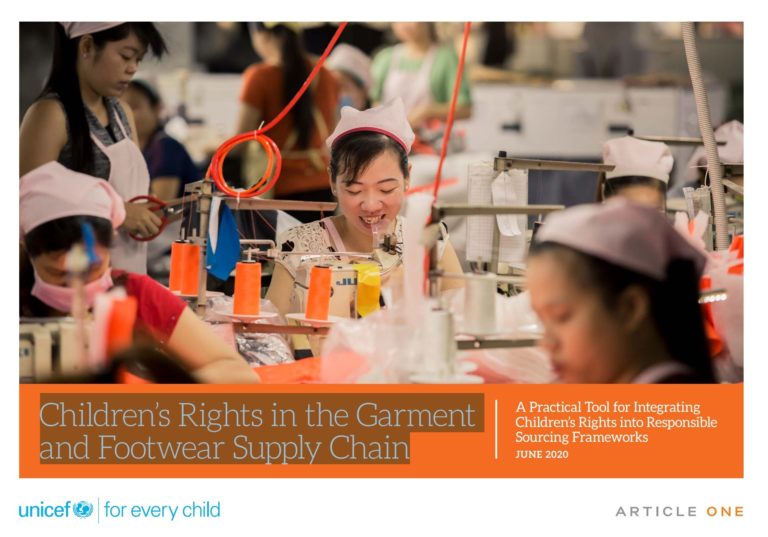Measuring the ‘S’ in ESG related to Modern Slavery
GuidanceGlobally, it is estimated that there are over 40 million men, women and children in modern slavery today. Two thirds of these victims are in Asia. These victims, who can be found in factories, construction sites, fisheries and sex venues, are forced...Read More

